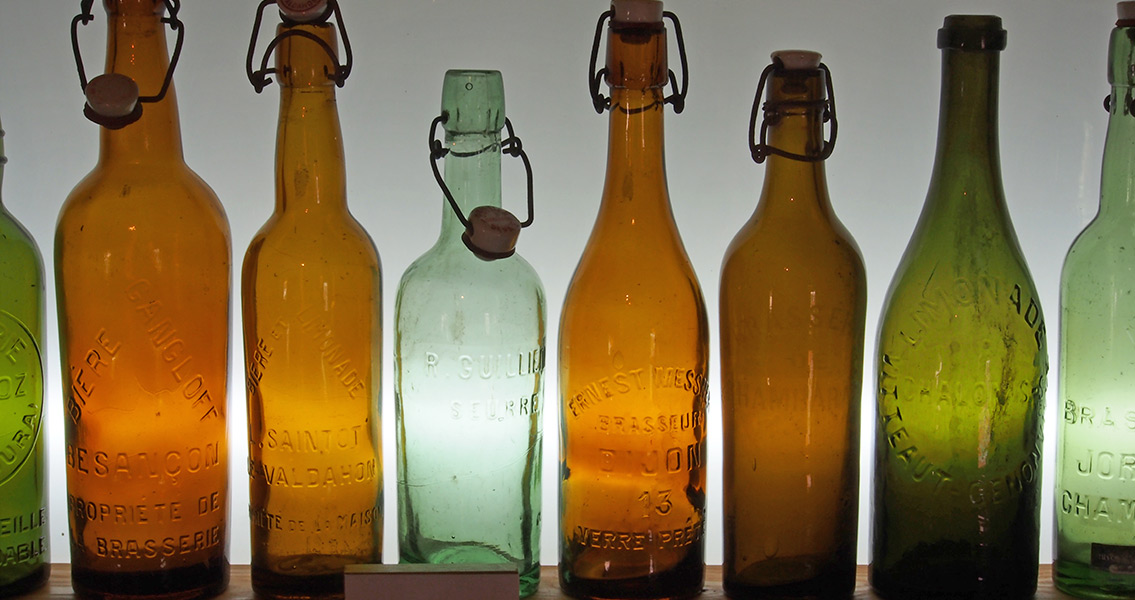<![CDATA[A recent scientific study has been investigating beer from the mid-nineteenth century. Four bottles of beer were found in a shipwreck, believed to have sunk in the 1840s, near the Åland Islands in the Baltic Sea. It is possible that the amber-coloured ale was en route to ports in Russia or Scandinavia and had been brewed in Belgium. The beer was originally found by divers in 2010, but has only recently been scientifically analysed. Now, new research suggests that the bacteria inside the beer bottles has survived since the bottles sank 170 years ago. “These bacteria were still alive,” said Brian Gibson, senior scientist at the VTT Technical Research Centre in Espoo, Finland, and a co-author of the study. The beer “gave us some insight into the way that beers were brewed. We have a reasonably good idea about what kind of hops were used, different ones than today. These hops would have been harsher, these days they are quite mild. The one surprising thing is the beers were quite mild. The original alcohol level was 4.5 percent, nothing extreme.” Many modern breweries attempt to recreate ancient beers from old recipes, but very little research has been done on precisely what these drinks were like; principally because beer tends to be drunk rather than preserved. The team's research presents the only chemical analysis of a beer this old. In an attempt to analyse the taste of the beer, Gibson and his team invited beer tasters to sample the 170-year-old beers. Unfortunately, seawater had gradually seeped through the cork over time, resulting in the contents being about one third saltwater. “The beer was quite degraded, it had a sell by date and it appeared to be well past that,” Gibson said. “For the analysis, it was difficult to pick out the original flavours. We invited some of the most experienced beer tasters in Finland. The flavours were from bacterial contamination and not the original flavours of the beer.” In order to discover more about the beers, Gibson and his team from the University of Munich undertook chemical analyses of the drinks. “We looked at esters, which give beer a fruity or flowery taste. Most of the compounds that we would expect were there," Gibson said. "In terms of the fruitiness, probably similar to modern beers. High level of 2-phenyl ethanol which gives a rose or floral aroma.” What is clear, is that the beers were high-quality products. The shape and detailed features of the bottles indicate a high level of technical expertise not present in 1840's Finland. The glass had been hand-blown and the bottle's mouth had been shaped by wrapping strips of hot glass around the cut neck. It seems that the beer was probably from central or northern Europe, where these techniques were used. Also found on the sunken ship were luxury items, including more than 150 bottles of champagne. The bottles of beer, it can be implied, were also luxury items being traded between northern or central Europe and states in the Baltic area. The work of Gibson and his team allow us a small glimpse into the history of an important part of European culture: the history of beer. Perhaps the recipe used to create these beers in the 1840s will be used again by modern brewers, allowing us a taste of the past. For more information: www.pubs.acs.org Image courtesy of Wikimedia commons user: Alfvanbeem]]>
Nineteenth-Century Beer Analysed
